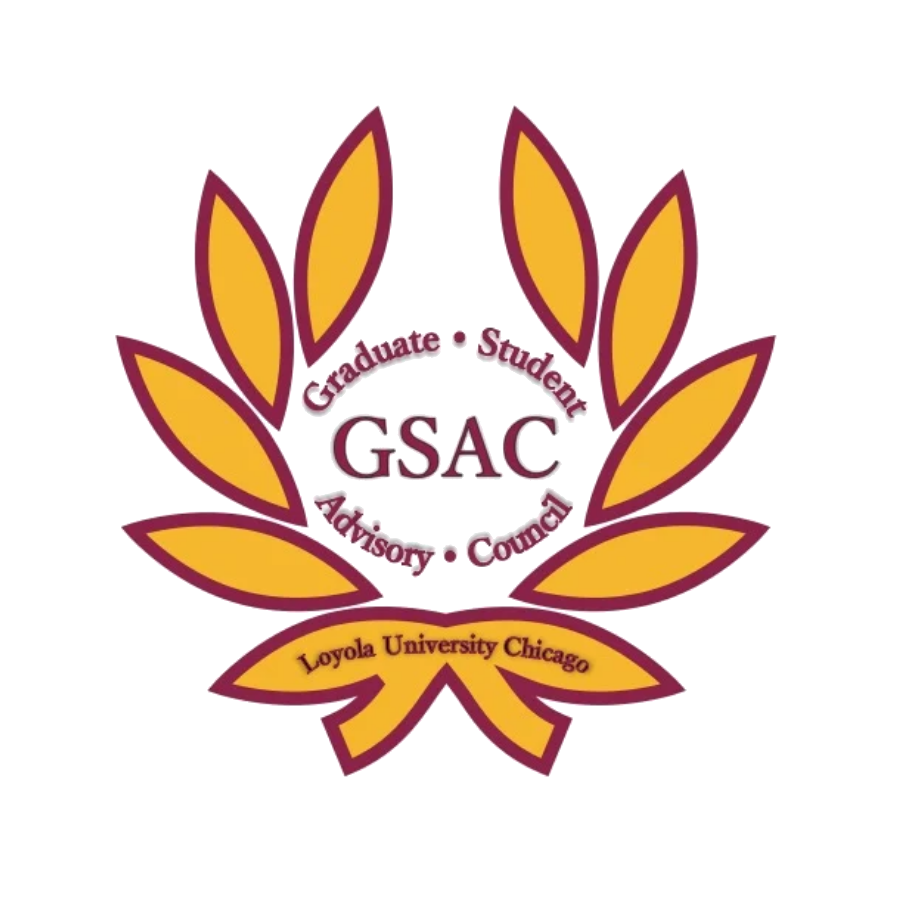Loading...
Submission Type
Oral/Paper Presentation
Degree Type
PhD
Discipline
Sciences
Department
Chemistry
Access Type
Open Access
Abstract or Description
Boron Neutron Capture Therapy (BNCT) is a binary radiotherapeutic cancer treatment that has shown great promise in clinical trials, in which delivery agents containing 10B atoms are selectively transported into tumor cells and then irradiated with low energy (0.025 eV) thermal neutrons. BNCT success rate is governed by selectivity of the drug towards tumor cells, and absolute cellular concentration of at least 10-30 μg of 10B atoms/g of tumor. Matrix Metalloproteinases (MMPs) are a family of zinc-dependent endopeptidases that are involved in the remodeling and degradation of all components of the extracellular matrix (ECM). MMP enzymes play a key role in normal development, morphogenesis, bone remodeling, wound healing, and angiogenesis, yet inappropriately high MMP activity has been implicated in a number of disease states including tumor growth and metastasis and in the degradation of articular cartilage in arthritis. In particular, upregulation of gelatinases MMP-2 and MMP-9 have been reported to be crucial for tumor angiogenesis and metastasis in cancer. In order to halt disease progression resulting from exaggerated matrix remodeling mediated by MMPs, MMP inhibitors (MMPi's) have been extensively explored as promising antitumor targets due to their selectivity and tight binding to different MMPs. We selected to append a borane-rich carborane cluster onto an MMP-targeting pharmacophore to enable delivery of 10B atoms into a tumor. The design and synthesis of novel BNCT agents is described. Furthermore, to understand the binding of synthesized BNCT analogs, the Molecular Operating Environment (MOE) software was utilized for docking studies with MMP2 (PDB 1HOV). To enable the docking experiments to be performed, the carborane cluster in each analog was replaced with a phenyl group. Docking suggests that the hydroxamate chelates the active site’s zinc atom, and the diaryl ether occupies the S1’ pocket.
Creative Commons License

This work is licensed under a Creative Commons Attribution-Noncommercial-No Derivative Works 3.0 License.
Carborane-Containing Hydroxamate MMP Ligands for the Treatment of Cancer using Boron Neutron Capture Therapy (BNCT)
Boron Neutron Capture Therapy (BNCT) is a binary radiotherapeutic cancer treatment that has shown great promise in clinical trials, in which delivery agents containing 10B atoms are selectively transported into tumor cells and then irradiated with low energy (0.025 eV) thermal neutrons. BNCT success rate is governed by selectivity of the drug towards tumor cells, and absolute cellular concentration of at least 10-30 μg of 10B atoms/g of tumor. Matrix Metalloproteinases (MMPs) are a family of zinc-dependent endopeptidases that are involved in the remodeling and degradation of all components of the extracellular matrix (ECM). MMP enzymes play a key role in normal development, morphogenesis, bone remodeling, wound healing, and angiogenesis, yet inappropriately high MMP activity has been implicated in a number of disease states including tumor growth and metastasis and in the degradation of articular cartilage in arthritis. In particular, upregulation of gelatinases MMP-2 and MMP-9 have been reported to be crucial for tumor angiogenesis and metastasis in cancer. In order to halt disease progression resulting from exaggerated matrix remodeling mediated by MMPs, MMP inhibitors (MMPi's) have been extensively explored as promising antitumor targets due to their selectivity and tight binding to different MMPs. We selected to append a borane-rich carborane cluster onto an MMP-targeting pharmacophore to enable delivery of 10B atoms into a tumor. The design and synthesis of novel BNCT agents is described. Furthermore, to understand the binding of synthesized BNCT analogs, the Molecular Operating Environment (MOE) software was utilized for docking studies with MMP2 (PDB 1HOV). To enable the docking experiments to be performed, the carborane cluster in each analog was replaced with a phenyl group. Docking suggests that the hydroxamate chelates the active site’s zinc atom, and the diaryl ether occupies the S1’ pocket.



